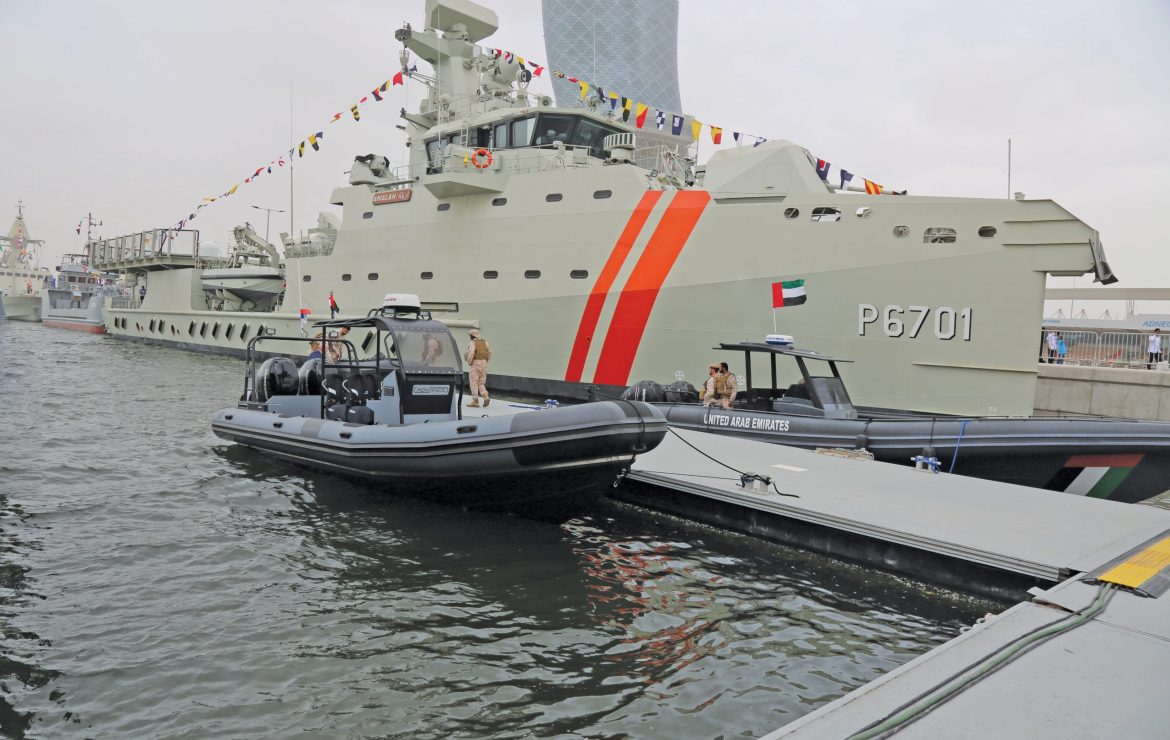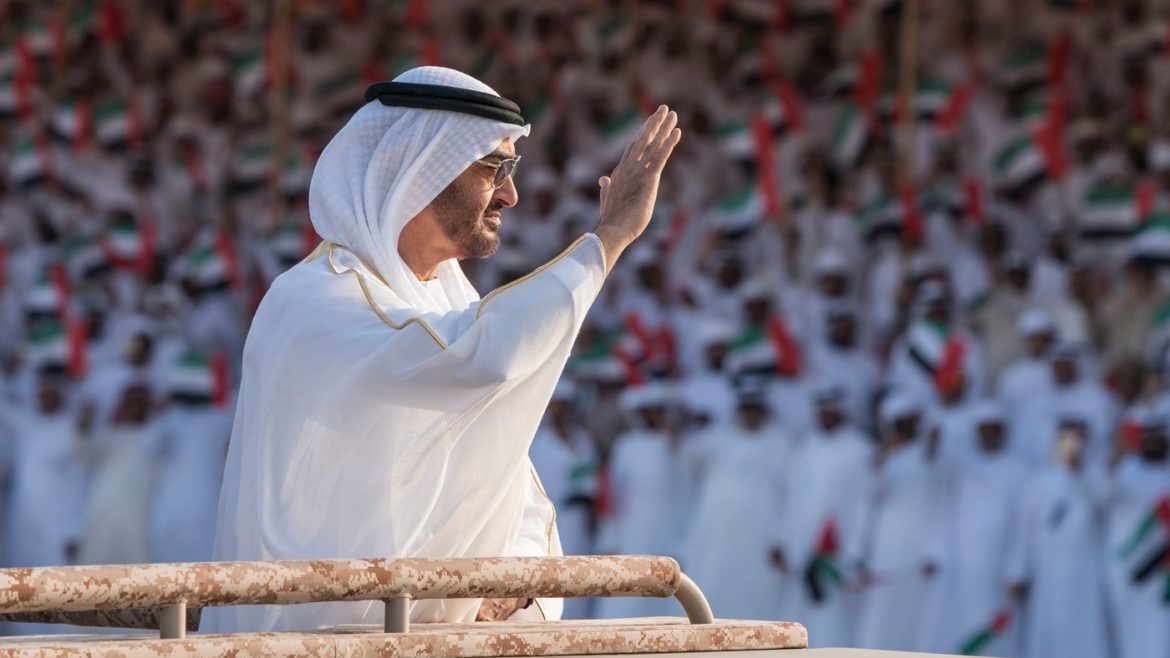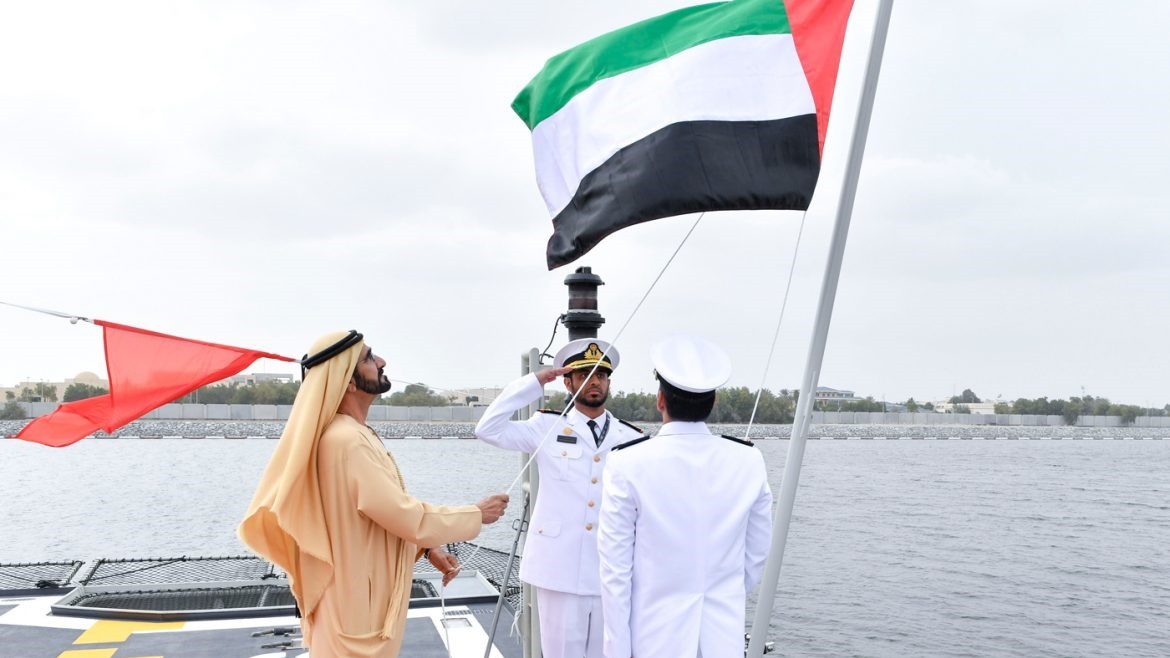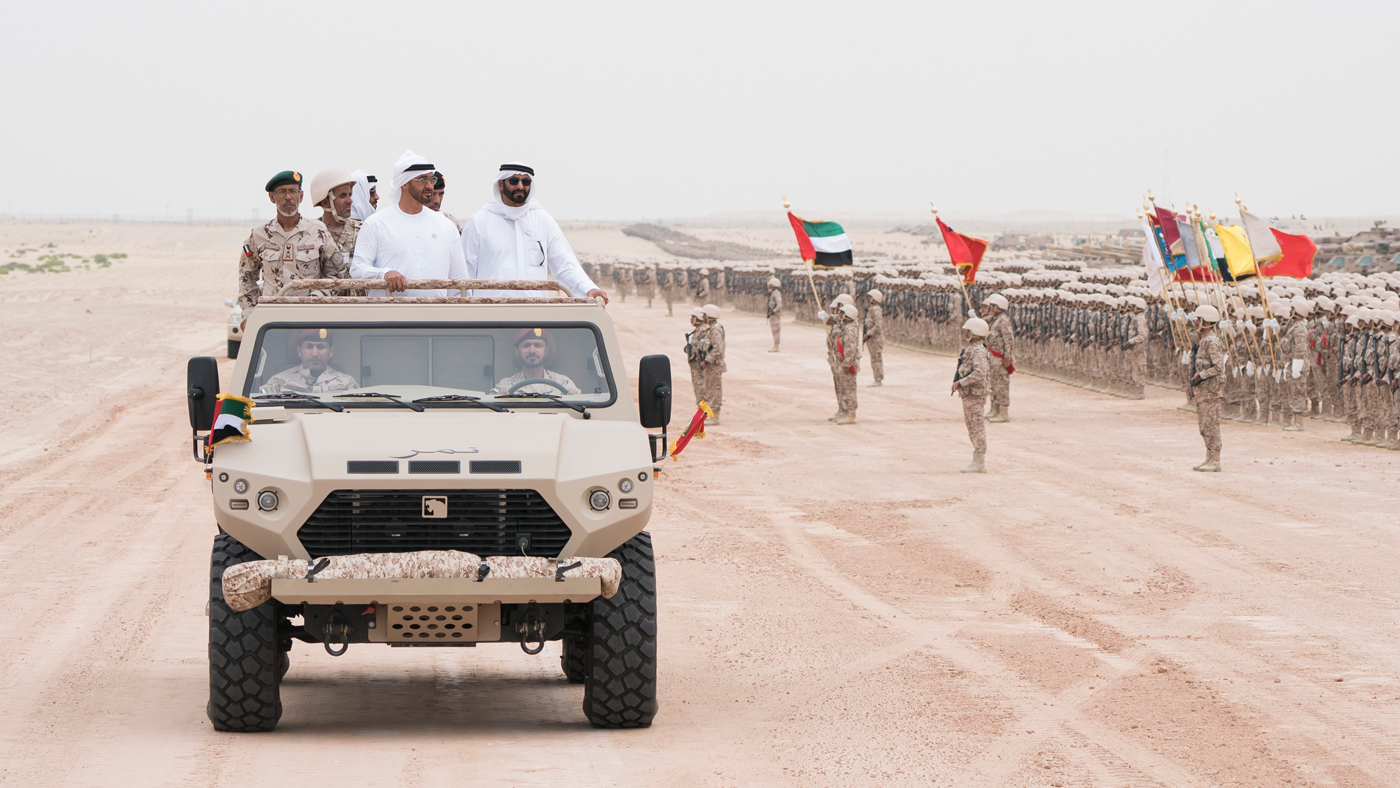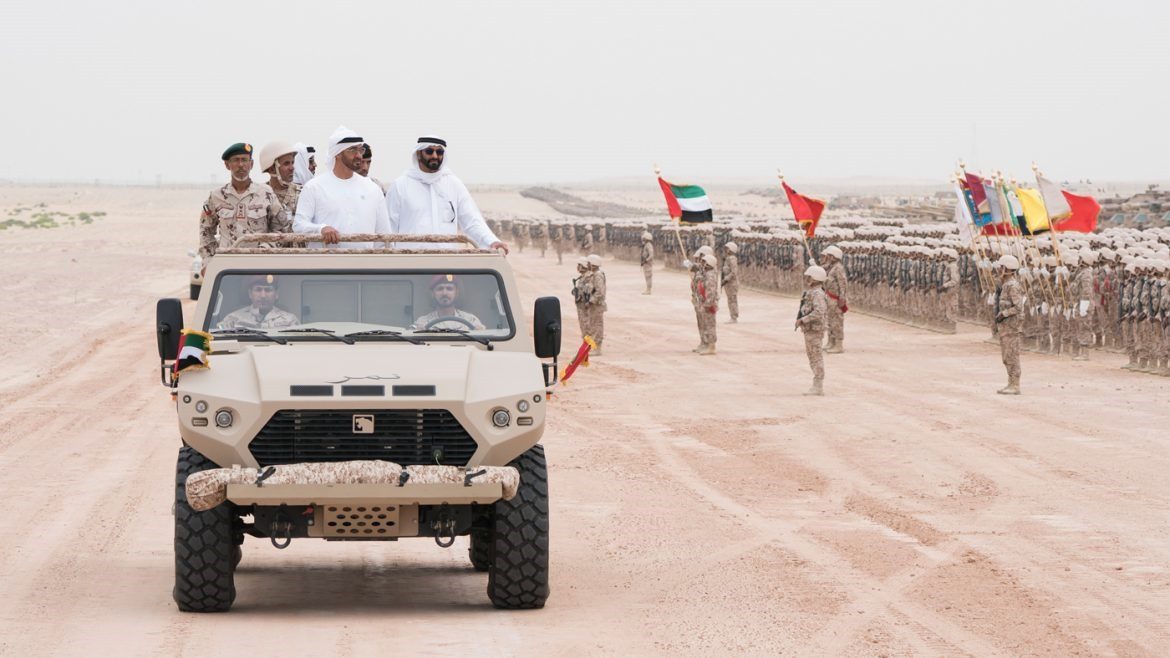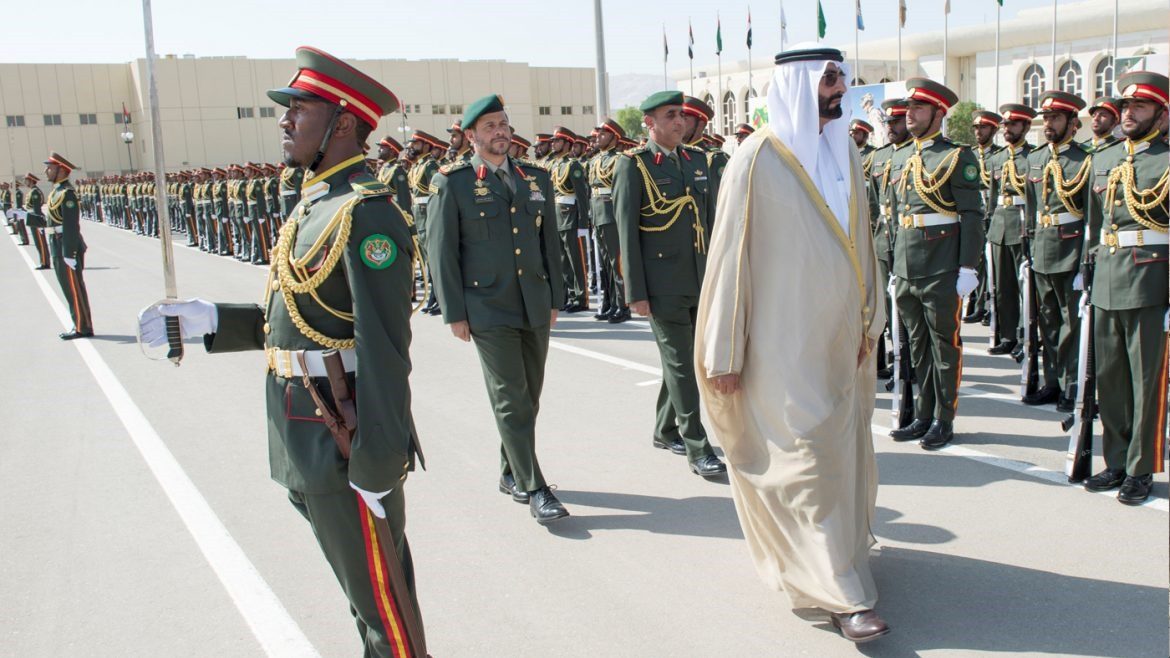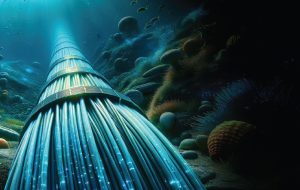» By:David Massey (CEO of ADSB)
The Arabian Peninsula has captured a significant proportion of the world’s sea-based trade which has been instrumental in the phenomenal growth of the UAE economy since its creation in 1971, as manifested by the huge port facilities now present along the coast of the country.
On a domestic level, the infrastructure protected by the naval vessels that patrol our shoreline is the very lifeblood of existence – from our national borders and trade routes to commodities and goods that account for the sum total of our export capital. The United Nations Conference on Trade and Development (UNCTAD) estimates that roughly 80 per cent of global trade by volume and 70 per cent by value is transported by sea.
In this context, our Navy is the guardian of our national and economic security. To support this vital asset, having modern shipbuilding capacity is absolutely essential. Here in the UAE we are able to build, refit and service the ships that protect our coasts, and offer our own and allied armed forces the confidence that stems from our military capability. Having the right craftsmen, skills, technology and capacity is essential – now more than ever before, given the regional volatility with which we have to live with and adapt to.
Strategic partner
Strength and deterrence are crucial to the defence of this country and its allies. A strong naval deterrent will make adversaries think twice about targeting merchant ships that are decisive to our region’s supply chains. Without the ability to intervene aggressors can take advantage of the gaps in security systems. As a strategic partner to the UAE’s GHQ, the support of Abu Dhabi Ship Building to build and service the vessels that strengthen the UAE Navy and critical infrastructure, including the Critical Infrastructure and Coastal Protection Authority (CICPA), has over more than 10 years contributed to the security of this country.
While leveraging 25 years of industry experience in operating one of the largest and best equipped shipyards in the region, the priority of Abu Dhabi Ship Building (ADSB) is maintaining its skill and technology base to maximise fleet readiness, extend ship lifetimes, and lower overall lifecycle costs.
A technologically advanced shipbuilding programme which incorporates design skills and the Combat Management Systems capabilities which now account for over half the whole life cost of a modern warship allows the company to offer its stakeholders the confidence to invest in the shipyard capacity to support the modern naval vessels demand. Beyond protecting our borders, a comprehensive shipbuilding strategy also ensures growth into other key industries such as the oil and gas sector, while also supporting long-term national employment targets and growing the technological skill base of the local population.
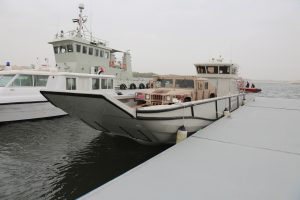
Strategically placed
The United Arab Emirates is strategically placed on sea routes between Asia and Africa, and via the Suez Canal to the Mediterranean and Europe. For this reason, the tip of the Arabian Peninsula and the Horn of Africa are within the areas of importance to the UAE and its armed forces require the ability to project power and influence at this distance; our interest does not end at the Straits of Hormuz. In terms of imports we are at the end of a long sea-based supply chain; the land routes to our major suppliers and markets are extended and exposed. Protecting our sea lanes is critical to the resilience of this country.
Beyond the practical requirement to protect our coast and shipping lanes, the ships we build today will have to be part of an integrated land, sea, air and electronic warfare strategy for the next 30 to 40 years – the life of a warship. Developments in operations such as asymmetric warfare, the threat of cyber-attacks, and new generations of unmanned and eventually autonomous assets, will have to be planned for and the equipment required built into our new ships, and retrofitted to existing ones as part of their refit and upgrade cycle. The ships we build have never been more crucial to the success of our national security measures. We have to enable those who put themselves at risk in the defence of the country to be able to respond to unpredictable challenges that present themselves in increasingly complex and sophisticated ways in this era of hybrid warfare.
Challenge to a modern Navies
Hybrid and asymmetric warfare are probably the greatest challenge to a modern Navy. Our vessels have traditionally been protected from attack by surface to surface missiles by using electronic warfare, decoys, and point defence weapons, and from attack by fast jets using surface to air missile systems. But it is now possible to put a warship out of action for months, and at the cost of many millions of US Dollars to repair, with a warhead on a drone which cost less than $10,000. An attack from an unmanned 20 metre boat could sink it. Warships, which cost very large sums to build and maintain, are high value assets which are particularly vulnerable to “swarm” attacks of relatively unsophisticated weapons, and the point defence and electronic warfare defence systems fitted to these vessels will have to adapt to the changing threat. Even on a simple practical level, using a $1m surface to air missile to shoot down a $10,000 drone is cost effective in that it ensures the survival of a $200m warship, but we must develop much more cost-effective solutions to the problems we now face.
Change in the technologies
Ship building used to be fundamentally a metal bashing industry which involved the bending and welding of large amounts of steel. It still does and without those highly skilled artisans the basics of the ship, or platform in industry terminology, could not be made. But even larger warships are now being made from aluminium or composites which have advantages such as lower radar signatures, or reduced vulnerability to mines, with lifetimes just as long as steel. A much more fundamental change is in the technologies built into these vessels, especially in combat systems.
It is the Combat Management System which identifies multiple simultaneous threats to the ship and assists the crew in directing its electronic warfare, decoys, and guns and missile systems to address the threats in the most effective way. In the same way that vessels, currently smaller ones but eventually much larger 100m+ vessels, become autonomous, so also will combat systems. Such is the pace of software and hardware development that these systems require constant upgrade to avoid obsolescence; in its 40-year life it is possible that a ship built today could have its systems replaced in their entirety four times or more.
The cost of combat systems as a proportion of the whole life cost of a warship is probably already in the region of 50% and can only increase. The need in the future is for modular systems which allow parts to be unplugged and replaced without major system replacement. If we are to develop the technological skill base of the UAE we should make it a priority to develop the skills to maintain, integrate and develop these systems in-country and reduce our reliance on third parties.
Coping with varied challenges
Due to the effective measures put in place by the Government of the UAE we have not seen any interruption in our supply chains as a result of the COVID-19 crisis and there have been no shortages. There was no guarantee of this, and the length and vulnerability of our supply chain could easily have been made apparent. It is not possible to supply a country of 9 million people solely by air, at least in a cost-effective way. Our land-based supply chains are very extended and vulnerable, and our sea-based routes suffer from a number of choke points which need to be safeguarded. For this we need a Navy which is equipped with the skills, weapons and technologies to cope with the varied challenges we currently face, and we need the indigenous capability to support it.


